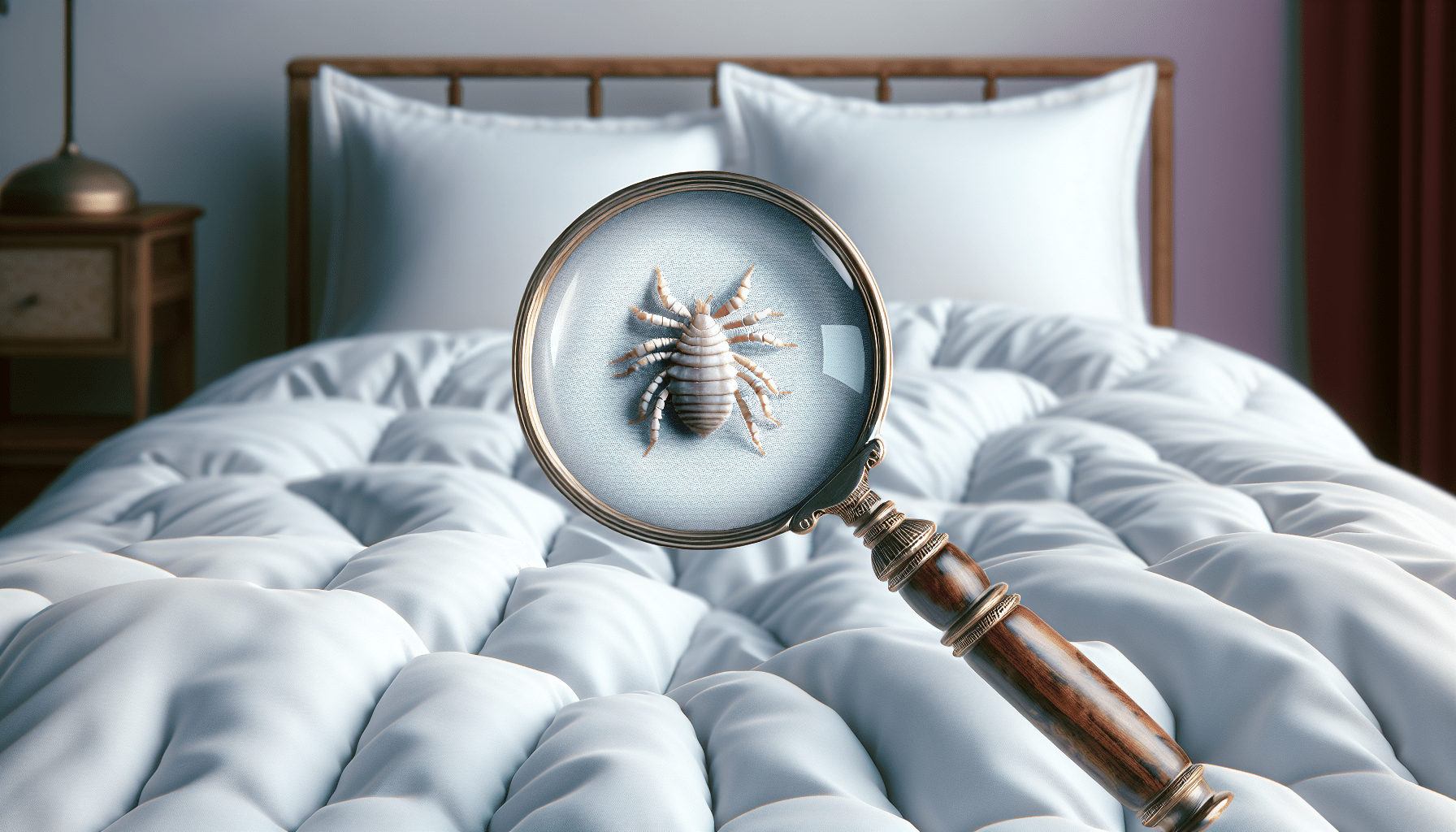Welcome to an informative article on the likelihood of scabies being present on bedding. You may be wondering just how common it is for these pesky mites to find their way onto your sheets and blankets. In this article, we will explore the factors that contribute to the spread of scabies on bedding and provide tips on how to prevent and treat this uncomfortable skin condition. So sit back, relax, and learn more about how to keep your bedding scabies-free. How likely is it that scabies are on bedding?
Have you ever wondered whether scabies could be lurking on your bedding? It’s a common concern, especially for those who have had a scabies infestation in the past. In this article, we will explore the likelihood of finding scabies mites on bedding and provide tips on how to prevent and treat infestations.
What are scabies?
Before we delve into the topic of whether scabies are on bedding, let’s first understand what scabies are. Scabies is a contagious skin infestation caused by the Sarcoptes scabiei mite. These microscopic mites burrow into the skin, causing intense itching and a pimple-like rash. Scabies is typically spread through close contact with an infested person, making it a common concern in households and communal living spaces.
Understanding the life cycle of scabies mites
Scabies mites have a relatively short life cycle, usually lasting between 10 to 17 days. Female mites burrow into the skin to lay eggs, which hatch into larvae and then mature into adult mites. The intense itching and rash associated with scabies are caused by the body’s allergic reaction to the mites, their eggs, and their waste products.
Can scabies be found on bedding?
Now, let’s address the burning question: can scabies mites be found on bedding? The short answer is yes, scabies mites can survive for a short period away from the human body, including on bedding. However, the likelihood of finding live mites on bedding is relatively low compared to other surfaces where they are more likely to thrive, such as clothing, furniture, and carpets.
Factors influencing the presence of scabies on bedding
Several factors can influence the presence of scabies mites on bedding:
- Duration of contact: The longer an infested person spends in bed, the higher the likelihood of mites being transferred to bedding.
- Infestation severity: Individuals with a severe scabies infestation are more likely to shed mites onto bedding.
- Hygiene practices: Regularly washing bedding and maintaining good personal hygiene can help reduce the presence of scabies mites.
How long can scabies mites survive on bedding?
Scabies mites can survive away from the human body for up to 48-72 hours. However, they are more likely to die off within a shorter period, especially if conditions are not conducive for their survival.
Preventing scabies infestations in bedding
While the likelihood of scabies mites being on bedding is relatively low, it’s essential to take preventive measures to reduce the risk of infestation. Here are some tips to prevent scabies infestations in bedding:
Wash bedding regularly
One of the most effective ways to prevent scabies infestations in bedding is to wash them regularly. Bedding should be washed in hot water (at least 120°F) and dried on high heat to kill any mites or eggs present. Additionally, consider using a mild detergent that is gentle on the skin to avoid irritation.
Use mattress and pillow protectors
Using mattress and pillow protectors can create a barrier between your bedding and scabies mites. These protectors are typically made of hypoallergenic materials that are impermeable to mites, preventing them from burrowing into the bedding.
Vacuum and dust frequently
Regularly vacuuming and dusting your bedroom can help remove any mites or eggs that may have found their way onto bedding or other surfaces. Be sure to pay attention to areas where mites are more likely to hide, such as cracks and crevices in furniture.
Practice good personal hygiene
Maintaining good personal hygiene is crucial in preventing scabies infestations. Shower regularly, wash your hands frequently, and avoid close contact with individuals who have scabies. These simple practices can go a long way in reducing the risk of infestation.
Treating scabies infestations in bedding
If you suspect that your bedding may be infested with scabies mites, it’s essential to take immediate action to prevent the spread of the infestation. Here are some steps you can take to treat scabies infestations in bedding:
Wash bedding in hot water
As mentioned earlier, washing bedding in hot water and drying it on high heat is an effective way to kill scabies mites and their eggs. Be sure to use a mild detergent to avoid skin irritation and repeat the washing process several times if necessary.
Use anti-scabies treatments
If you suspect that your bedding may be infested with scabies mites, consider using over-the-counter or prescription anti-scabies treatments. These treatments typically come in the form of creams or lotions that should be applied to the affected areas according to the manufacturer’s instructions.
Steam clean your mattress
Steam cleaning your mattress is another effective way to kill scabies mites and their eggs. The high temperatures generated by steam cleaners can penetrate deep into the mattress, eliminating any mites hiding within the fabric.
Conclusion
In conclusion, while scabies mites can survive on bedding for a short period, the likelihood of finding live mites on bedding is relatively low compared to other surfaces. By taking preventive measures such as washing bedding regularly, using mattress protectors, and practicing good personal hygiene, you can reduce the risk of scabies infestations in bedding. If you suspect that your bedding may be infested with scabies mites, prompt treatment is essential to prevent the spread of the infestation. Remember, early detection and intervention are key to effectively managing scabies infestations.
